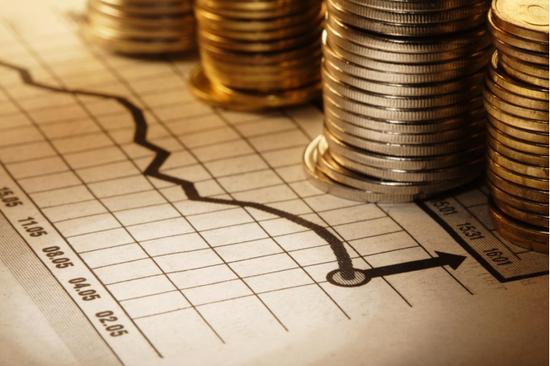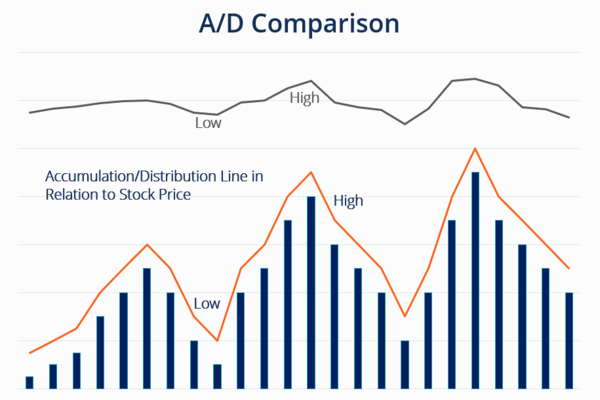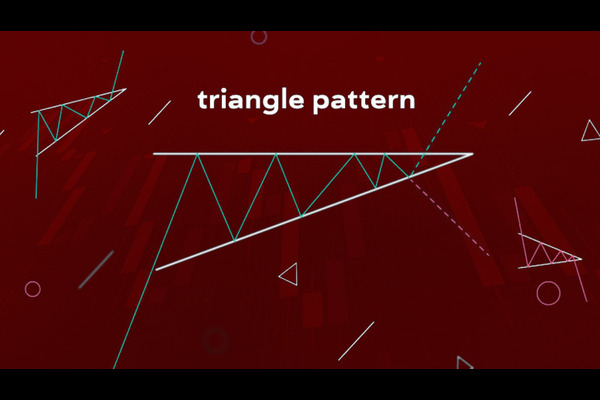The opening price, also known as the opening price, refers to the first
transaction price of a certain currency after the opening of each trading day.
Most financial exchanges in the world adopt the principle of maximum transaction
volume to determine the opening price. The closing price refers to the
transaction price of the last transaction of a certain currency before the end
of a day's trading activity. If there is no transaction on the same day, the
latest transaction price shall be used as the closing price, as the closing
price is the standard of the current market situation and the basis for the
opening price of the next trading day, which can be used to predict future
market conditions. So when investors analyze the market, they usually use the
closing price as the basis for calculation.

How to Look at the Opening Price
On monthly, weekly, and daily charts, the opening price is a continuation of
the market trend of the previous Unit of time. Combining a high opening price, a
low opening price, and a flat opening price with the operating trend of the
market In an upward trend, a high opening price is a prerequisite for forming an
upward short gap, and often an upward short gap on the weekly chart is the
beginning of a bull market characteristic. There are often three gaps in the
daily gap: the breakthrough gap, the relay gap, and the exhaustion gap, all of
which provide a basis for determining the future direction of market operation.
Similarly, in a downward trend, opening at a low opening price is a prerequisite
for forming a short downward gap. Often, a downward short gap on the weekly
chart is the beginning of a bear market characteristic, and such a gap should be
watched vigilantly when it appears at a high level.
How to Look at the Closing Price
The closing price is the result of the battle between the long and short
sides of the Unit of time. The combination of the closing price and the running
trend will make the market more clear. In an upward trend, the closing price is
above the 5, 10, 20, and 30-day Moving Average systems, indicating that the
market is in an upward trend and in a strong operation. In the early stages of
this operating trend, boldly intervening in the market will increase the hope of
appreciation.
On the contrary, if the closing price is below the 5-day, 10-day, 20-day, and
30-day moving average systems, it indicates that the market is in a downward
trend and in weak operation.







